
WWDC is quickly approaching, and while we know things are going to be different with this first-ever digital-only event, there's still a lot to look forward to. Apple will be streaming a keynote address from Apple Park where we'll see the usual introductions of Apple's next major operating system updates, and hopefully we'll get some hardware news as well.
Subscribe to the MacRumors YouTube channel for more videos.
We're starting to see some intriguing rumors for WWDC, including the possibility of a redesigned iMac and the likely start of Apple transitioning its Mac lineup from Intel processors to its own custom chips. This week also saw news on the iOS beta front, Apple's stock performance, and the iPhone 12 production schedule, so read on below and check out our video above for all of the details!
New iMac With 'iPad Pro Design Language' and Thin Bezels Reportedly Coming at WWDC
WWDC is just over a week away, and a new rumor indicates we could see some significant updates for the iMac at the event. According to leaker Sonny Dickson, Apple will use the WWDC keynote to introduce a redesigned iMac with "iPad Pro design language" and much thinner bezels around the display similar to those seen on the Pro Display XDR.
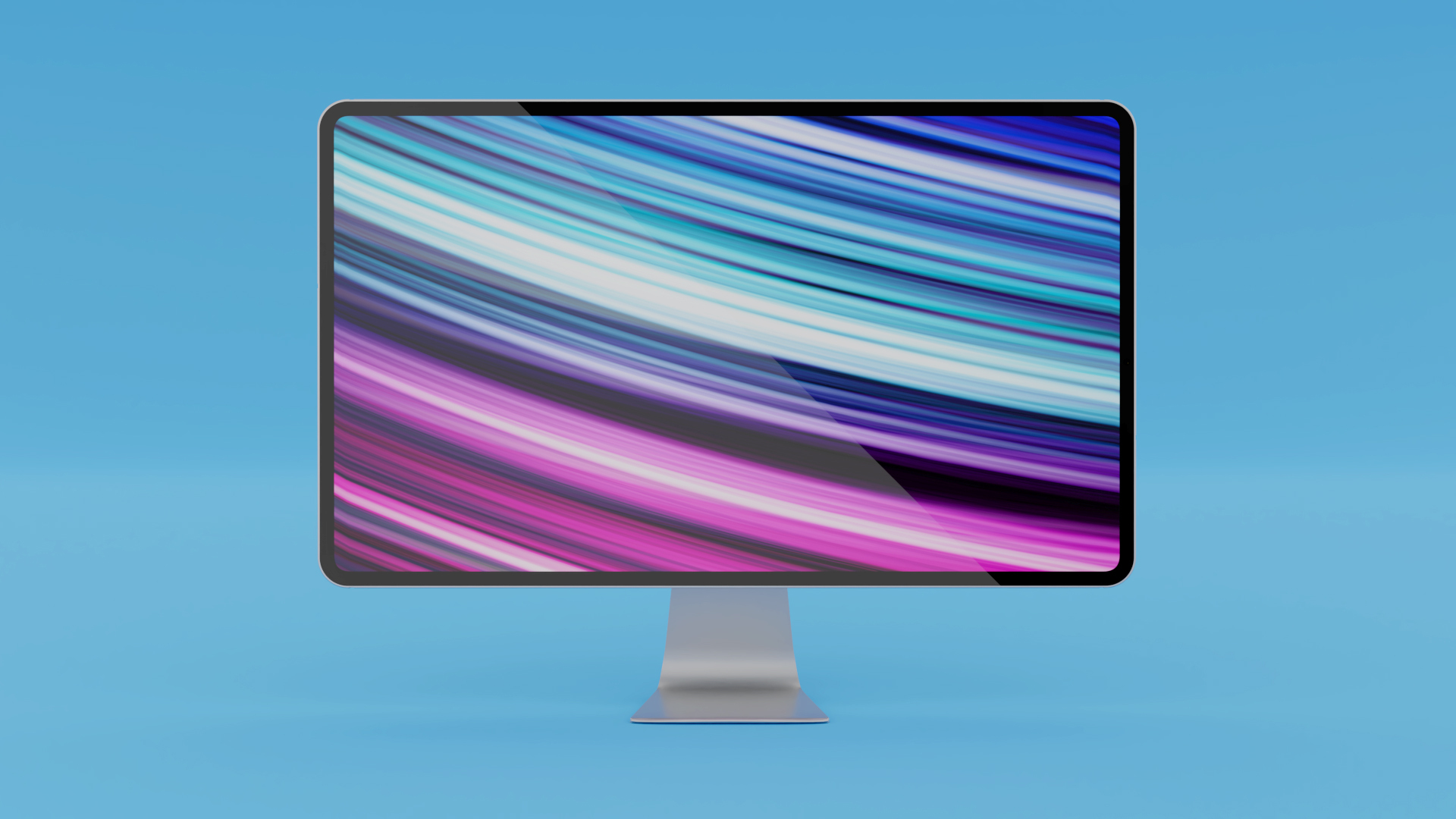
According to Dickson, the iMac will join the rest of the Mac lineup by including Apple's custom T2 chip to integrate several security controller functions. Dickson also says the iMac will include AMD's Navi graphics processors and move to all-SSD storage, eliminating the hybrid Fusion Drive setup seen on current lower-priced configurations.
Apple has been quoting extended shipping estimates on the 27-inch iMac for a while now, but it hasn't been clear whether it's due to component shortages or an upcoming update. Either way, it's best to wait until WWDC if you're currently in the market for an iMac.
Apple has officially announced some of its schedule for the first digital-only WWDC, which will kick off with the traditional keynote broadcast from Apple Park at 10:00 a.m. Pacific Time on Monday, June 22.
Apple Expected to Announce Arm-Based Mac Plans at WWDC, Transition Away From Intel to Begin in 2021
Apple has been rumored to be looking to move its Mac lineup from Intel processors over to its own custom Arm-based chips for years now, and it looks like it's finally about to happen.
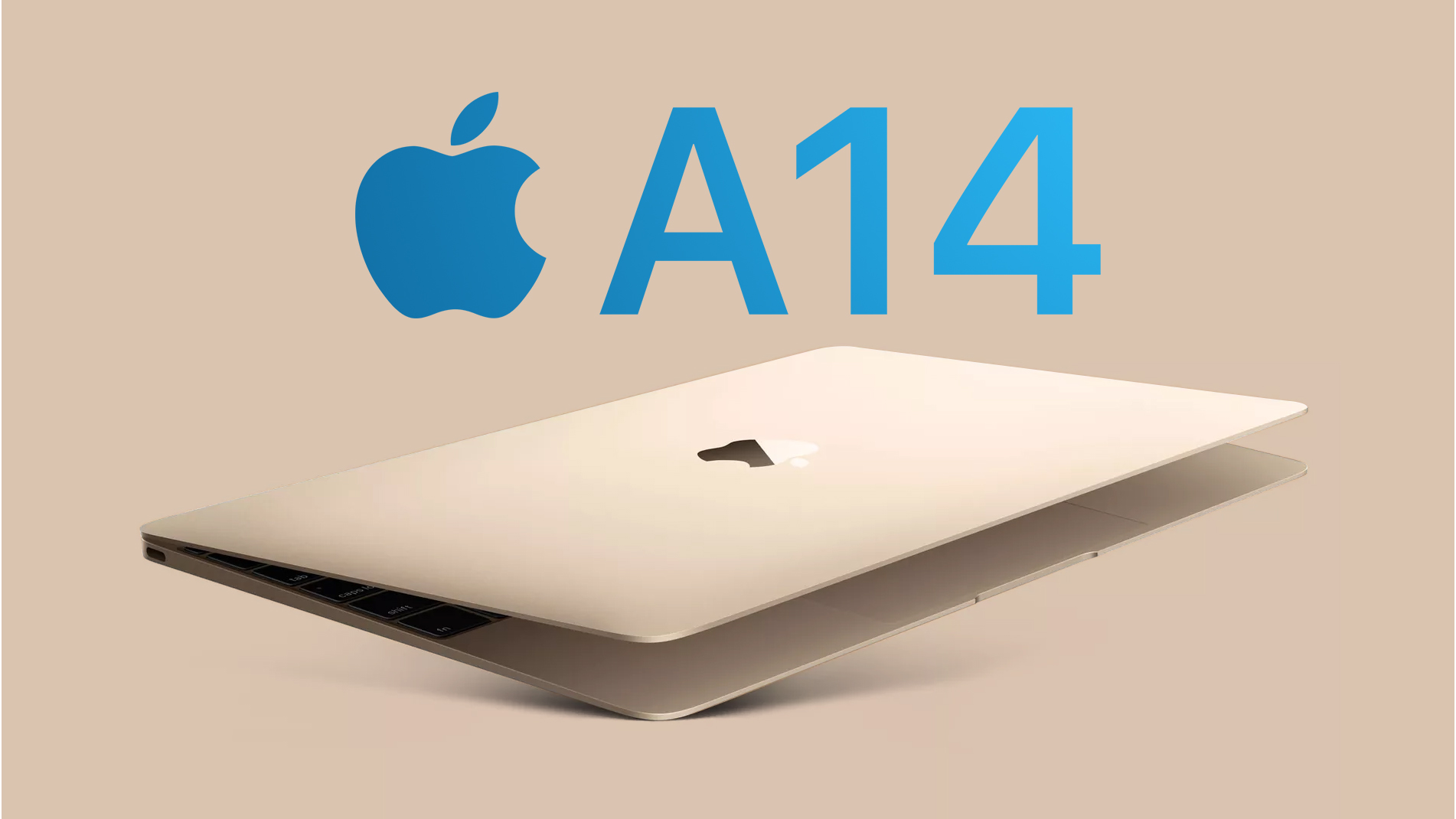
According to Bloomberg's Mark Gurman, Apple is planning to announce the beginning of that transition at WWDC later this month, giving developers several months to begin preparing ahead of the launch of the first Arm-based Macs in 2021.
Apple's first Arm-based Mac chip is said to be based on the upcoming A14 iPhone chip and include 12 processor cores: eight high-performance cores and four high-efficiency cores. Chips with even higher core counts based on A15 iPhone chips would follow in the future. One rumor this week says Apple might start its Arm transition with a revived 12-inch MacBook.
For more details on what the transition from Intel to custom Arm chips would mean for Apple, check out our overview guide.
Apple Planning Apple Card Financing Options for Devices Other than iPhone
Apple Card users in the U.S. have been able to take advantage of convenient interest-free payment plans for iPhone purchases, and it looks like they'll soon have the option of similar plans for many other Apple products.

Tim Cook briefly mentioned the company's plans on Apple's April 30 earnings call, but the latest details indicate it will be valid on a broad array of products including iPads, Macs, AirPods, and other accessories, with customers given up to 12 months to pay before interest is due.
Apple Seeds Second Betas of iOS and iPadOS 13.6
Apple has thrown another curveball in its iOS beta testing cycle, renaming iOS 13.5.5 to iOS 13.6 alongside the release of the second beta version.
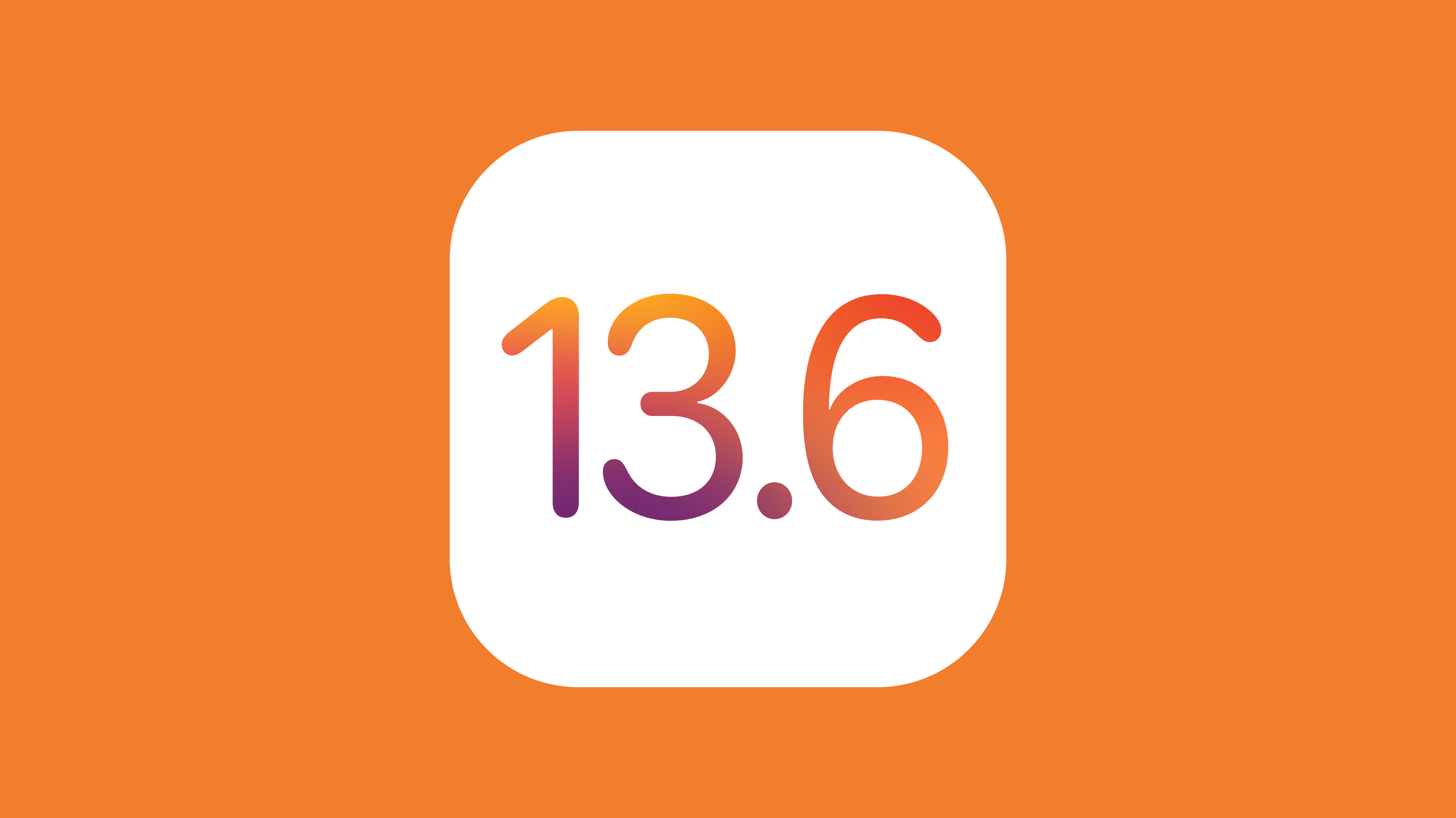
We'll be seeing iOS 14 very shortly at WWDC, but that won't get a public release until around September, so iOS 13.6 will provide some additional new features and updates to tide users over.
Among the changes found in the latest iOS 13.6 beta are a new toggle to set whether available iOS updates are automatically downloaded, a new Symptoms section in the Health app, and a new feature that saves your reading position within an article in Apple News.
Meanwhile, Apple has stopped signing iOS 13.5 following the release of iOS 13.5.1 last week. iOS 13.5.1 fixed a vulnerability that allowed for devices on earlier iOS versions to be jailbroken, and Apple's move to stop signing iOS 13.5 means users won't be able to downgrade their devices if they've already updated to iOS 13.5.1 or later.
Apple Becomes First U.S. Company to Hit $1.5 Trillion in Market Value
Following a steady recovery from its late March lows in the wake of the global health crisis, Apple's stock price late last week achieved its first all-time high since late January.
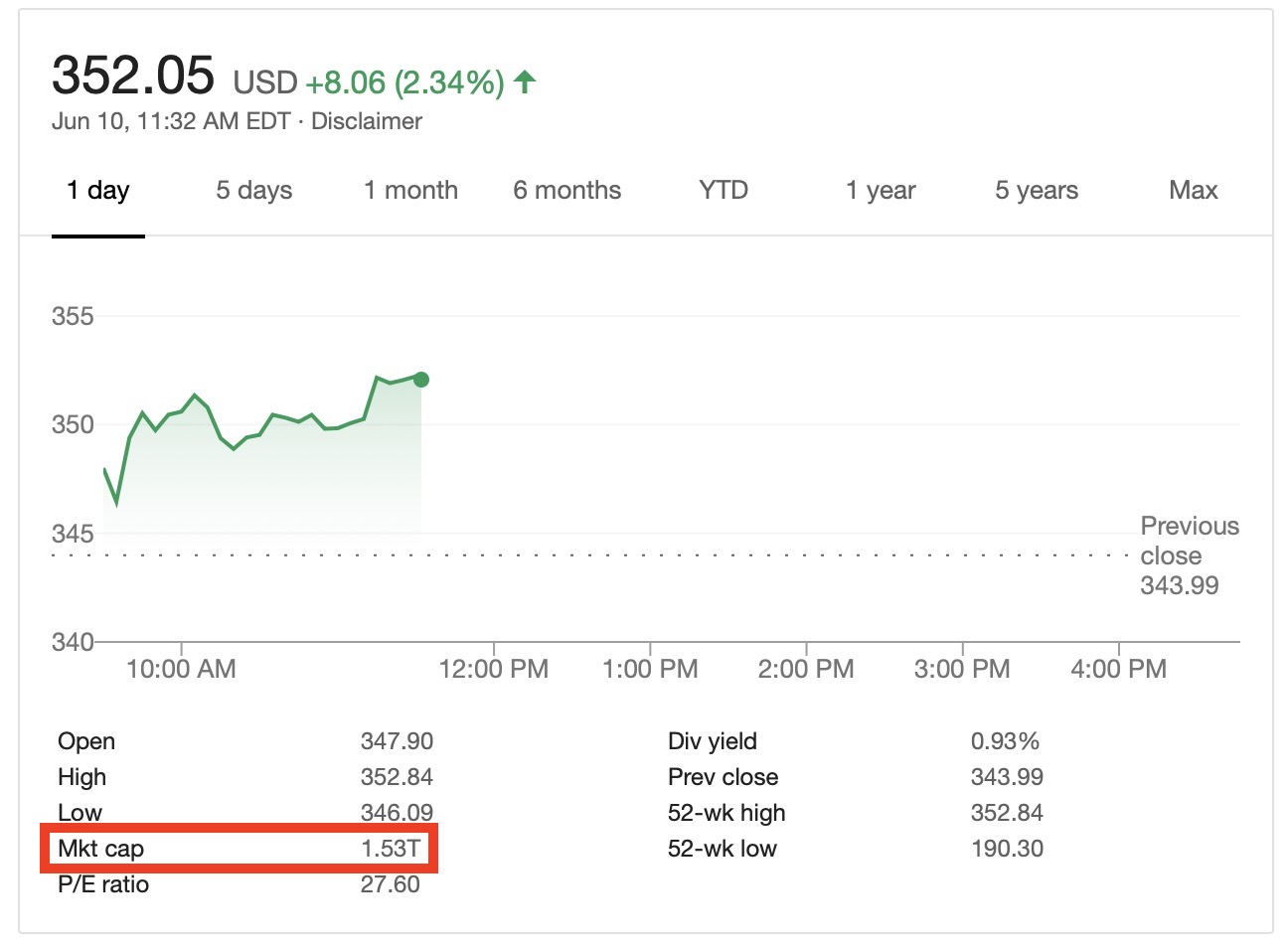
By the middle of this week, Apple became the first U.S. company to hit a market value of $1.5 trillion as it surged above $350 per share before pulling back later in the week amid broader market declines.
Apple previously became the first trillion-dollar company back in August 2018, and Amazon, Microsoft and Google parent company Alphabet have since joined Apple in hitting that milestone.
iPhone 12 Production Expected to Begin in July
Amid concerns that Apple will have to delay the launch of at least some iPhone 12 models due to delays stemming from coronavirus impact on the development phases, a new report claims that production on the iPhone 12 lineup is set to begin in July.
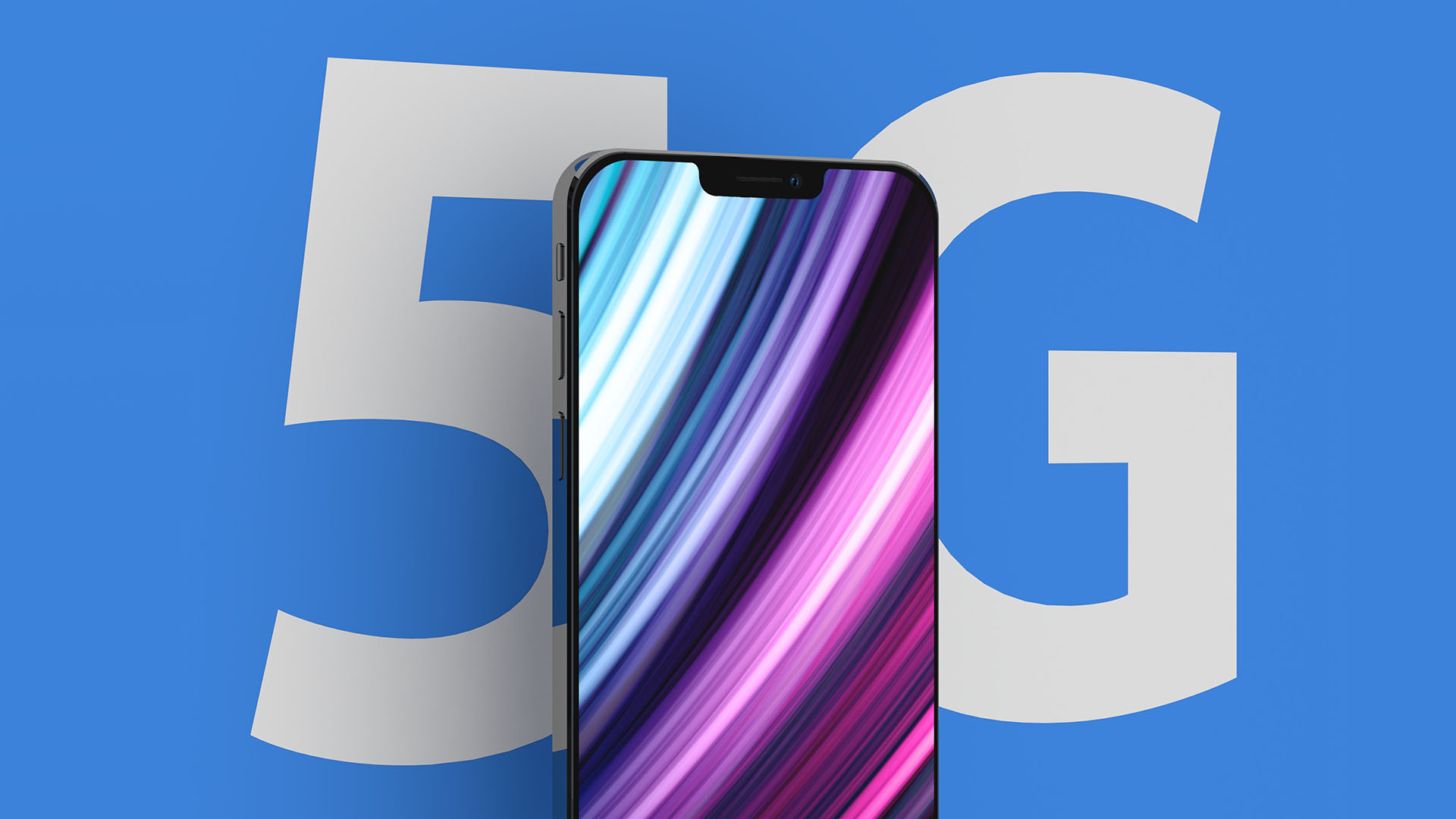
With Apple unable to send its usual teams to China to work through prototyping and development, the company was reportedly able to beef up its China-based teams to get the job done, with the second phase of engineering validation and testing wrapping up at the end of this month.
It's still not clear when we can expect the iPhone 12 to become available, however. Apple typically holds its annual iPhone event in early September, with availability following a week and a half later, although the launches of some models have been pushed back to October or even early November in recent years.
Meanwhile, Apple has registered nine unreleased iPhone model numbers with the Eurasian Economic Commission, which likely correspond to various iPhone 12 models. There's also a newly registered Mac that could be the iMac rumored for launch at WWDC.
iPhone 4 Turns 10: 'Stop Me If You've Already Seen This'
This week marked the 10th anniversary of Steve Jobs introducing the iPhone 4 and FaceTime at the WWDC 2010 keynote in San Francisco.
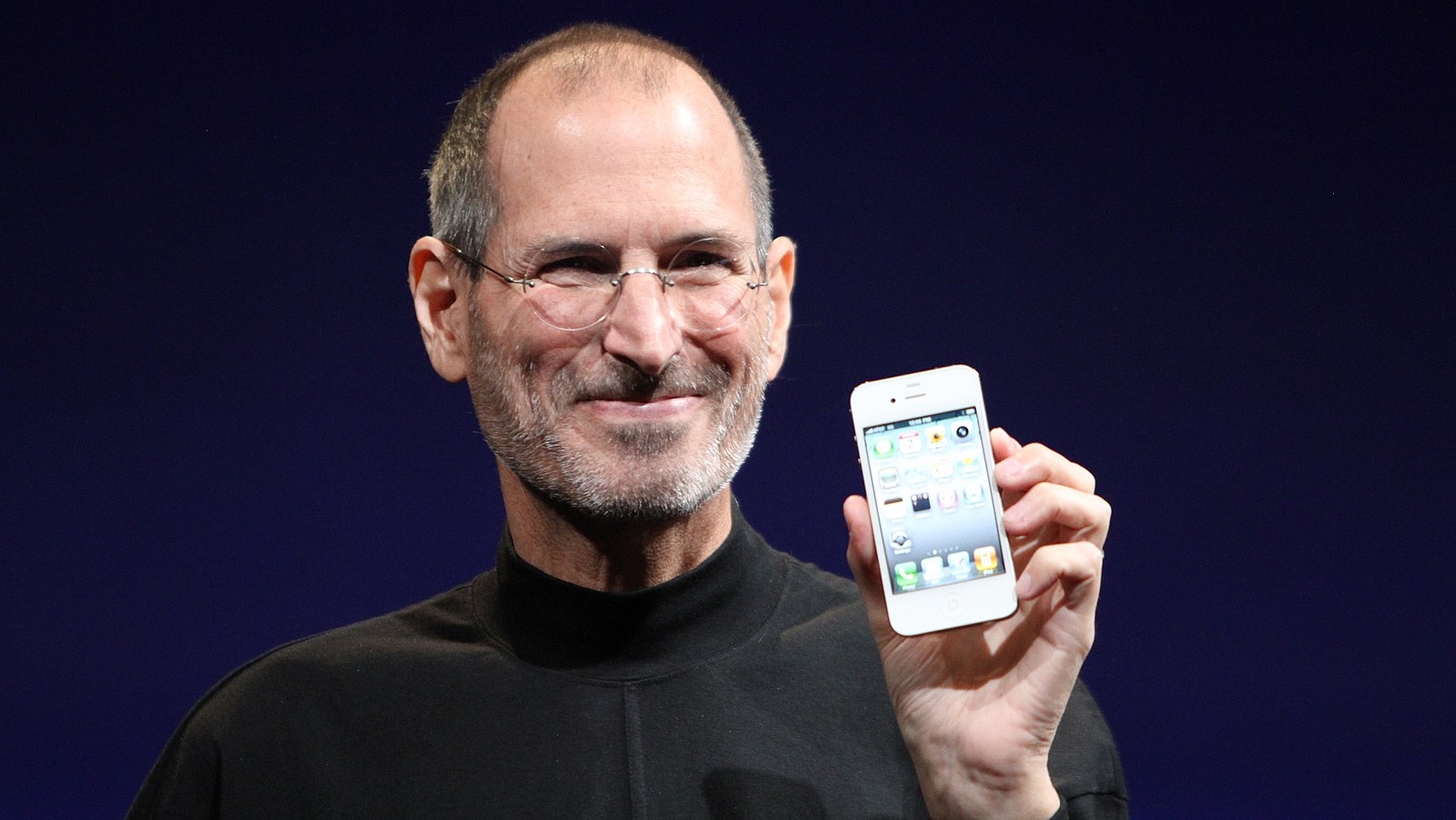
The introduction was a remarkable one due to the fact that the iPhone 4 had leaked several months earlier after an Apple employee left a prototype in a bar in Redwood City, California, near the company's headquarters.
The iPhone 4 was the first one with a high-resolution Retina display, and it featured an all-new design with a glass and stainless steel unibody with squared edges. This year's iPhone 12 is rumored to carry a similar design after many of years of rounded edges dating back to the iPhone 6.
MacRumors Newsletter
Each week, we publish an email newsletter like this highlighting the top Apple stories, making it a great way to get a bite-sized recap of the week hitting all of the major topics we've covered and tying together related stories for a big-picture view.
So if you want to have top stories like the above recap delivered to your email inbox each week, subscribe to our newsletter!
Article Link: Top Stories: Redesigned iMac at WWDC?, Mac's Transition to Arm Chips, AAPL Hits $1.5 Trillion

